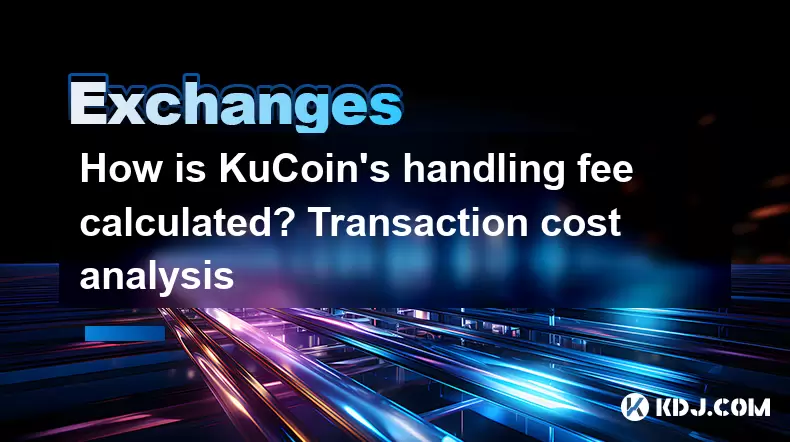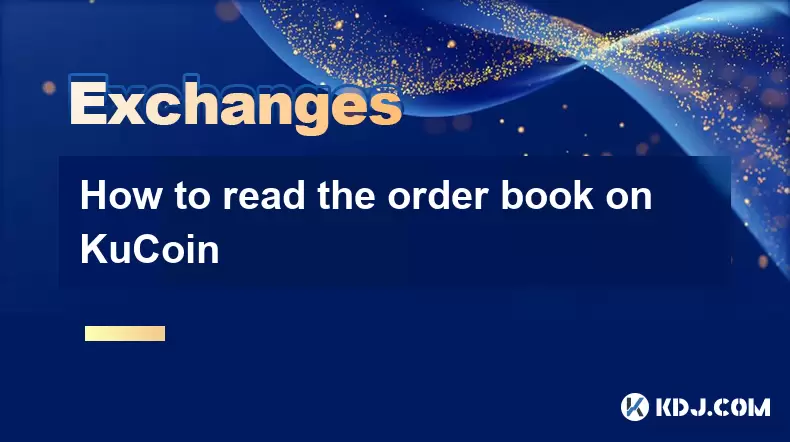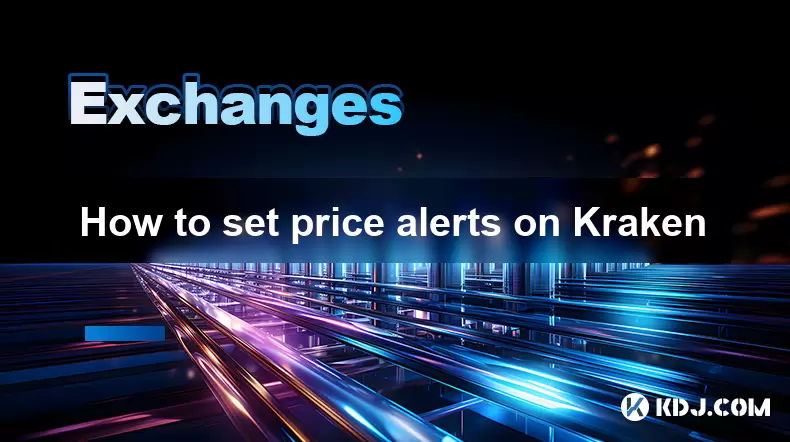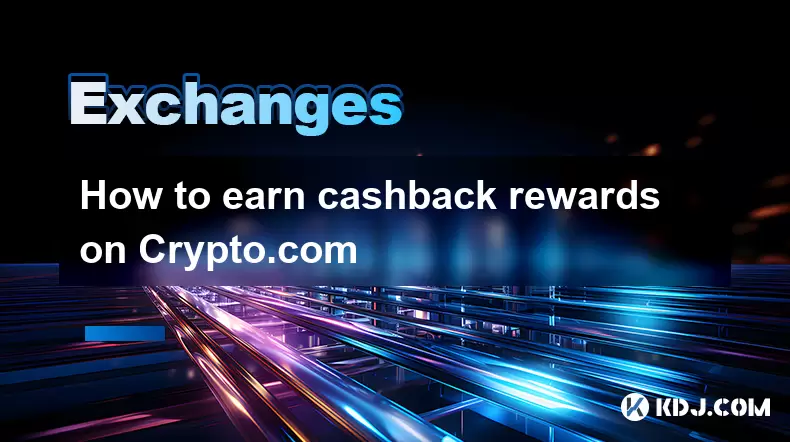-
 Bitcoin
Bitcoin $117800
0.49% -
 Ethereum
Ethereum $4432
0.55% -
 XRP
XRP $3.106
1.07% -
 Tether USDt
Tether USDt $1.001
0.01% -
 BNB
BNB $835.8
1.74% -
 Solana
Solana $189.1
2.72% -
 USDC
USDC $0.9999
-0.01% -
 Dogecoin
Dogecoin $0.2302
3.65% -
 TRON
TRON $0.3485
-0.69% -
 Cardano
Cardano $0.9212
-0.91% -
 Hyperliquid
Hyperliquid $46.97
1.45% -
 Chainlink
Chainlink $22.77
5.61% -
 Stellar
Stellar $0.4284
0.82% -
 Sui
Sui $3.766
2.82% -
 Bitcoin Cash
Bitcoin Cash $583.5
-0.82% -
 Ethena USDe
Ethena USDe $1.001
0.03% -
 Hedera
Hedera $0.2512
2.78% -
 Avalanche
Avalanche $24.18
2.27% -
 Litecoin
Litecoin $120.2
2.10% -
 Toncoin
Toncoin $3.450
1.96% -
 UNUS SED LEO
UNUS SED LEO $9.412
-0.92% -
 Shiba Inu
Shiba Inu $0.00001298
2.35% -
 Uniswap
Uniswap $10.99
3.75% -
 Polkadot
Polkadot $3.962
3.09% -
 Dai
Dai $1.000
0.00% -
 Bitget Token
Bitget Token $4.643
1.38% -
 Cronos
Cronos $0.1511
-0.08% -
 Ethena
Ethena $0.7246
3.18% -
 Monero
Monero $254.9
7.90% -
 Pepe
Pepe $0.00001100
3.32%
How is KuCoin's handling fee calculated? Transaction cost analysis
KuCoin's fee structure includes maker and taker trading fees and fixed withdrawal fees, which vary by cryptocurrency; understanding these can help minimize costs.
May 10, 2025 at 08:57 pm

KuCoin, one of the leading cryptocurrency exchanges, charges fees for transactions on its platform. Understanding how these fees are calculated is crucial for traders looking to maximize their returns. This article will delve into the specifics of KuCoin's handling fee structure and provide a comprehensive transaction cost analysis.
Overview of KuCoin's Fee Structure
KuCoin's fee structure is designed to be competitive and transparent. The exchange charges fees for both trading and withdrawal transactions. Trading fees are typically divided into maker and taker fees, while withdrawal fees vary depending on the cryptocurrency being withdrawn. Understanding these fees is essential for effective cost management.
Trading Fees on KuCoin
Trading fees on KuCoin are split into two categories: maker fees and taker fees. A maker fee is charged when you add liquidity to the order book by placing a limit order that does not immediately get filled. Conversely, a taker fee is charged when you remove liquidity from the order book by placing a market order or a limit order that gets filled immediately.
- Maker Fee: The maker fee on KuCoin ranges from 0.00% to 0.10%, depending on your trading volume and the tier of your account. Higher trading volumes result in lower fees.
- Taker Fee: The taker fee ranges from 0.02% to 0.10%, also based on your trading volume and account tier.
To illustrate, if you are a new user with a trading volume of less than 50 BTC in the last 30 days, you will fall into the lowest tier, which charges a 0.10% maker fee and a 0.10% taker fee. As your trading volume increases, you can move up to higher tiers, which offer reduced fees.
Withdrawal Fees on KuCoin
Withdrawal fees on KuCoin are charged when you move your cryptocurrency off the platform. These fees are fixed and vary depending on the specific cryptocurrency. For example, the withdrawal fee for Bitcoin might be 0.0005 BTC, while the fee for Ethereum might be 0.005 ETH.
To check the withdrawal fee for a specific cryptocurrency on KuCoin, follow these steps:
- Log in to your KuCoin account.
- Navigate to the "Assets" section.
- Select "Withdraw" and choose the cryptocurrency you wish to withdraw.
- The withdrawal fee will be displayed before you confirm the transaction.
It's important to note that withdrawal fees are subject to change, so always check the current fee before initiating a withdrawal.
Factors Affecting Transaction Costs
Several factors can affect the transaction costs on KuCoin. Understanding these factors can help you minimize your fees and maximize your returns.
- Trading Volume: As mentioned earlier, your trading volume over the past 30 days determines your fee tier. Higher volumes result in lower fees.
- Type of Order: Whether you place a maker or taker order will affect the fee you pay. Maker orders are generally cheaper than taker orders.
- Cryptocurrency Type: Different cryptocurrencies have different withdrawal fees. Always check the fee for the specific cryptocurrency you are dealing with.
- Promotions and Discounts: KuCoin occasionally offers promotions and discounts that can reduce your trading fees. Keep an eye on the platform's announcements for such opportunities.
Strategies to Minimize Fees on KuCoin
Minimizing fees on KuCoin can significantly enhance your trading profitability. Here are some strategies to consider:
- Increase Trading Volume: By increasing your trading volume, you can move to a higher fee tier, which offers lower maker and taker fees. Consider trading more frequently or in larger amounts to achieve this.
- Use Maker Orders: Whenever possible, use limit orders to add liquidity to the order book. This will qualify you for the lower maker fee rather than the higher taker fee.
- Take Advantage of Promotions: Keep an eye on KuCoin's promotions and discounts. These can sometimes offer significant reductions in trading fees.
- Batch Withdrawals: If you need to withdraw multiple cryptocurrencies, consider batching your withdrawals to minimize the number of transactions and thus the total withdrawal fees.
Case Study: Calculating Transaction Costs on KuCoin
To better understand how KuCoin's fees work in practice, let's consider a hypothetical case study. Suppose you are a trader with a 30-day trading volume of 100 BTC, placing you in the second tier with a 0.09% maker fee and a 0.095% taker fee.
Scenario 1: Trading 1 BTC
- If you place a limit order that adds liquidity (maker order), you will pay a fee of 0.09% of 1 BTC, which is 0.0009 BTC.
- If you place a market order or a limit order that gets filled immediately (taker order), you will pay a fee of 0.095% of 1 BTC, which is 0.00095 BTC.
Scenario 2: Withdrawing 0.5 BTC
- The withdrawal fee for Bitcoin is 0.0005 BTC. Therefore, withdrawing 0.5 BTC will cost you 0.0005 BTC in fees.
By understanding these calculations, you can better plan your trades and withdrawals to minimize your costs.
Frequently Asked Questions
Q1: Can I reduce my trading fees by holding KuCoin's native token, KCS?
A1: Yes, holding KuCoin Shares (KCS) can reduce your trading fees. KuCoin offers a 20% discount on trading fees for users who pay with KCS. To take advantage of this, ensure you have KCS in your account and select KCS as the payment method when placing a trade.
Q2: Are there any hidden fees on KuCoin that I should be aware of?
A2: KuCoin is known for its transparency, and there are no hidden fees. All fees, including trading and withdrawal fees, are clearly stated on the platform. However, always review the fee structure before making any transactions to ensure you are aware of the costs involved.
Q3: How often does KuCoin update its fee structure?
A3: KuCoin periodically reviews and updates its fee structure. While there is no fixed schedule for these updates, the exchange typically announces any changes well in advance. It's a good practice to check the fee structure regularly to stay informed about any modifications.
Q4: Can I negotiate my fees with KuCoin?
A4: KuCoin does not offer individual fee negotiations. However, by increasing your trading volume and taking advantage of promotions and discounts, you can effectively lower your fees. Additionally, holding KCS can provide a direct discount on your trading fees.
Disclaimer:info@kdj.com
The information provided is not trading advice. kdj.com does not assume any responsibility for any investments made based on the information provided in this article. Cryptocurrencies are highly volatile and it is highly recommended that you invest with caution after thorough research!
If you believe that the content used on this website infringes your copyright, please contact us immediately (info@kdj.com) and we will delete it promptly.
- Kazakhstan's Crypto Leap: Bitcoin ETF and Central Asia's Digital Finance Future
- 2025-08-13 12:45:19
- BlockDAG Presale Blazes Past $371M: Fundraising Frenzy Fuels Crypto Sensation
- 2025-08-13 13:05:21
- Meme Coins: Chasing the 2025 Surge – Which Will Moonshot?
- 2025-08-13 10:25:23
- Bitcoin's Wild Ride: Rally, Pullback, and What's Next
- 2025-08-13 10:25:23
- Bitcoin, Bitmax, and Institutional Demand: A New Era of Crypto Investment
- 2025-08-13 10:45:12
- Solana, ROAM, and Airdrops: What's the Buzz in 2025?
- 2025-08-13 11:35:13
Related knowledge

How to use margin trading on Poloniex
Aug 08,2025 at 09:50am
Understanding Margin Trading on Poloniex

How to read the order book on KuCoin
Aug 10,2025 at 03:21pm
Understanding the Order Book Interface on KuCoinWhen accessing the order book on KuCoin, users are presented with a real-time display of buy and sell ...

How to read the order book on KuCoin
Aug 12,2025 at 02:28am
Understanding the Basics of Staking in CryptocurrencyStaking is a fundamental concept in the world of blockchain and cryptocurrencies, particularly wi...

How to set price alerts on Kraken
Aug 11,2025 at 08:49pm
Understanding Price Alerts on KrakenPrice alerts on Kraken are tools that allow traders to monitor specific cryptocurrency pairs for price movements. ...

How to avoid high gas fees on Uniswap
Aug 13,2025 at 11:35am
Understanding Gas Fees on UniswapGas fees on Uniswap are payments made to Ethereum miners or validators for processing transactions on the blockchain....

How to earn cashback rewards on Crypto.com
Aug 12,2025 at 02:08am
Understanding Cashback Rewards on Crypto.comCashback rewards on Crypto.com are a feature designed to incentivize users to spend using their Crypto.com...

How to use margin trading on Poloniex
Aug 08,2025 at 09:50am
Understanding Margin Trading on Poloniex

How to read the order book on KuCoin
Aug 10,2025 at 03:21pm
Understanding the Order Book Interface on KuCoinWhen accessing the order book on KuCoin, users are presented with a real-time display of buy and sell ...

How to read the order book on KuCoin
Aug 12,2025 at 02:28am
Understanding the Basics of Staking in CryptocurrencyStaking is a fundamental concept in the world of blockchain and cryptocurrencies, particularly wi...

How to set price alerts on Kraken
Aug 11,2025 at 08:49pm
Understanding Price Alerts on KrakenPrice alerts on Kraken are tools that allow traders to monitor specific cryptocurrency pairs for price movements. ...

How to avoid high gas fees on Uniswap
Aug 13,2025 at 11:35am
Understanding Gas Fees on UniswapGas fees on Uniswap are payments made to Ethereum miners or validators for processing transactions on the blockchain....

How to earn cashback rewards on Crypto.com
Aug 12,2025 at 02:08am
Understanding Cashback Rewards on Crypto.comCashback rewards on Crypto.com are a feature designed to incentivize users to spend using their Crypto.com...
See all articles

























































































